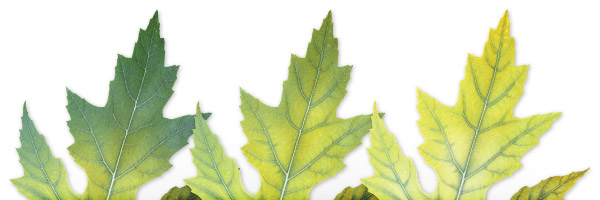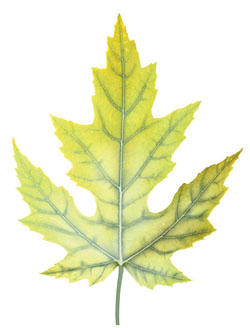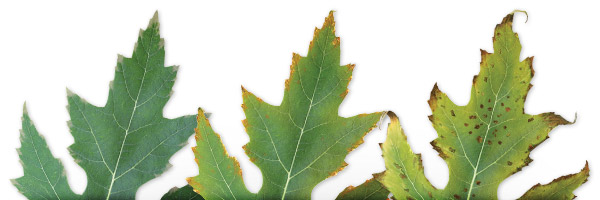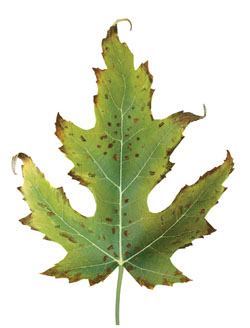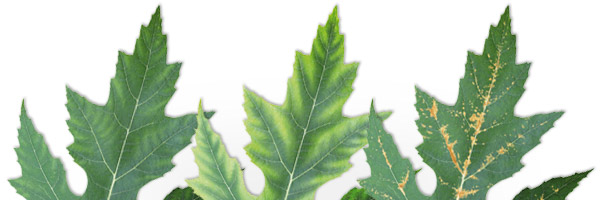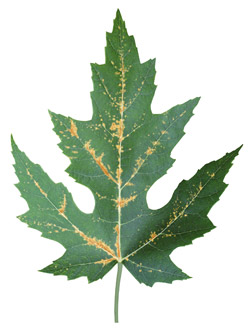 Phosphorus (K) deficiency guide
Phosphorus (K) deficiency guide
For young plants, the presence of phosphate is indispensable; about 3/4 of the phosphorus consumed during a plant’s life cycle is absorbed in the first quarter of its life. The largest concentrations of phosphorus are found in the developing parts of the plant: the roots, the growth shoots and the vascular tissue.
About phosphorus in short
- What is it and what does it do?
- Phosphorus holds a key position in both cell processes and total energy transfer of the plant.
- Also a “building block” of – among others – cell walls and DNA.
- What can you see?
- Small plant with purple/black necrotic leaf parts.
- Leafs become malformed and shriveled.
- What can you do?
- Mix inorganic phosphate fertilizer THOROUGHLY through the potting mix or add extra liquid phosphate when growing in hydroponics.
Symptoms of a deficiency
Plants remain rather small with purple-black necrotic leaf parts, which later on become malformed and shriveled.
Development of a deficiency
- At first, the plant becomes dark green – a different sort of dark green (blue/ green) as appears when there is a shortage of phosphorus.
- The growth in height, and the development of the plant’s side shoots are inhibited.
- After 2 to 3 weeks, dark purple-black necrotic spots appear on the old and medium-old leaves, making the leaves malformed.
- The purple/black necroses expand to the leaf’s stem. The leaf turns, curls considerably and dies off.
- The dead leaves are curled and shriveled, have a typical orange purple color, and fall off.
- The plant flowers fully, but the yield will be minimal.
Reasons for a deficiency
Due to the low concentrations in which phosphate appears in nature, the affinity of plant cells for phosphorous allows easy absorption through the whole root. Therefore, shortages do not happen very often, except when:
- The growing medium has a too high pH (higher than pH 7). In such cases the plant can not absorb phosphorus due to the fact that insoluble phosphorous compounds develop.
- The ground is too acidic, or too rich in iron and zinc. This hinders the absorption of phosphate.
- The potting mix has become fixated. Phosphate can not be absorbed any more.
Solutions to a deficiency
Always use inorganic phosphates as these are easy to absorb. Also always mix the phosphate fertilizer thoroughly through the potting mix.
- When pH is too high, acidify the medium by using a thinned solution of phosphoric acid.
- Choose products that have a guaranteed phosphate percentage on the packaging instead of alternative phosphate-containing products like guano or manure.
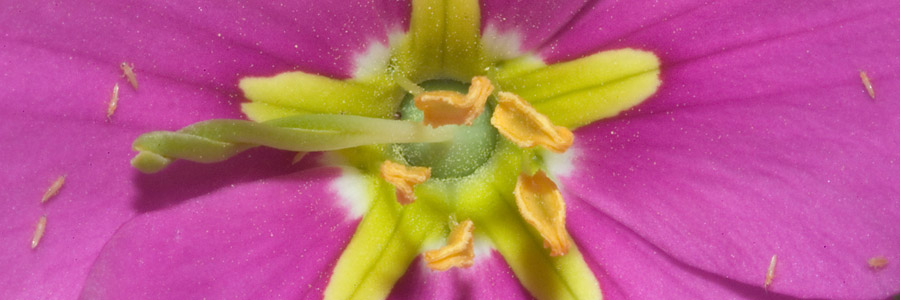
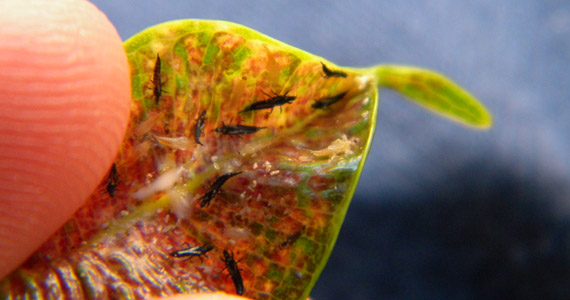
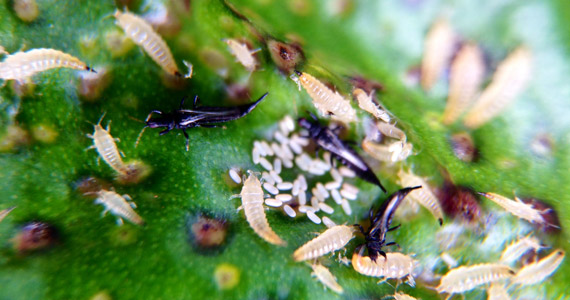
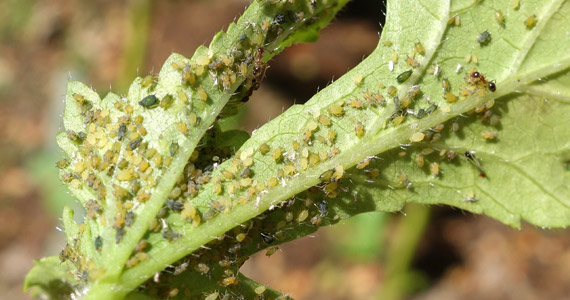
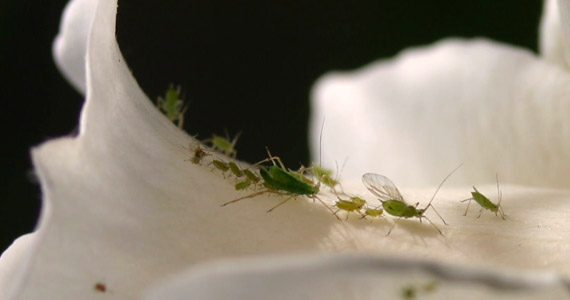
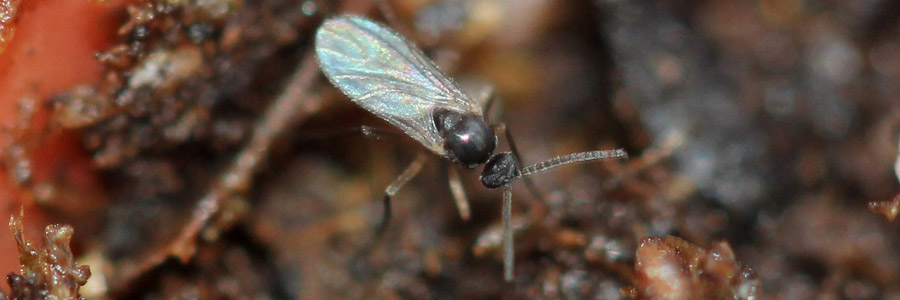
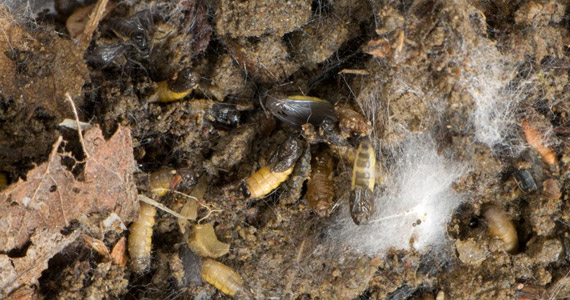
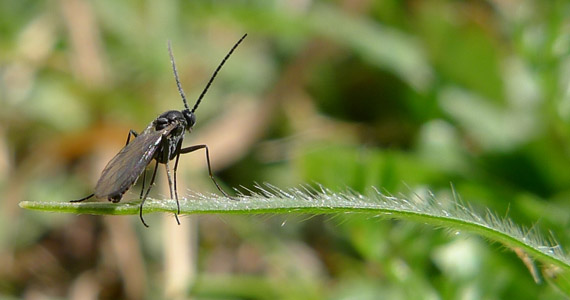
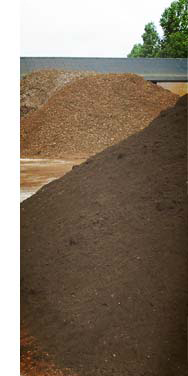 Roots need oxygen for growth, maintenance of the root system, and the uptake of water and nutrients. The provision of a good supply of air for fast growing plants is of vital importance for obtaining good results. A shortage of air in the early stages of cultivation leads to a poorly developed root system, which hampers growth resulting in a smaller yield.
Roots need oxygen for growth, maintenance of the root system, and the uptake of water and nutrients. The provision of a good supply of air for fast growing plants is of vital importance for obtaining good results. A shortage of air in the early stages of cultivation leads to a poorly developed root system, which hampers growth resulting in a smaller yield.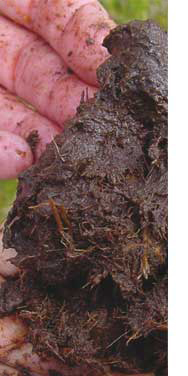 Two different methods of harvesting can be used to exploit peat deposits: the cheapest but least efficient method consists of “shaving off” the top layer of peat. The disadvantage of this technique is that the structure is less coarse which has an undesirable effect on the air/ water relationship.
Two different methods of harvesting can be used to exploit peat deposits: the cheapest but least efficient method consists of “shaving off” the top layer of peat. The disadvantage of this technique is that the structure is less coarse which has an undesirable effect on the air/ water relationship.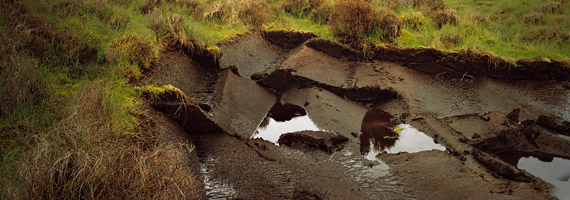
 Calcium deficiency guide
Calcium deficiency guide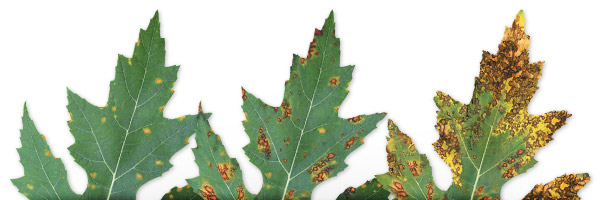
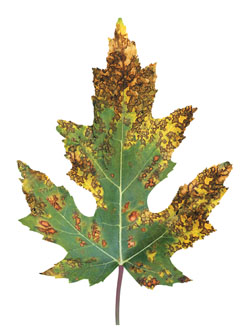
 Magnesium deficiency guide
Magnesium deficiency guide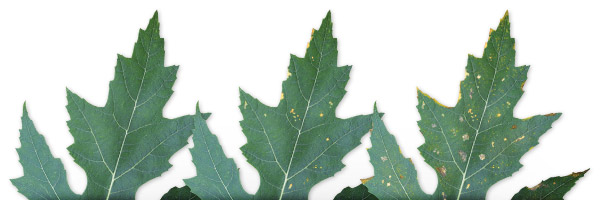
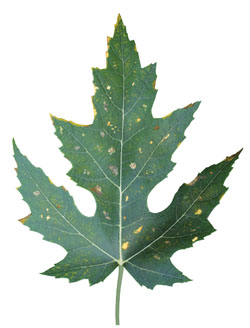 Solutions to resolve a deficiency
Solutions to resolve a deficiency